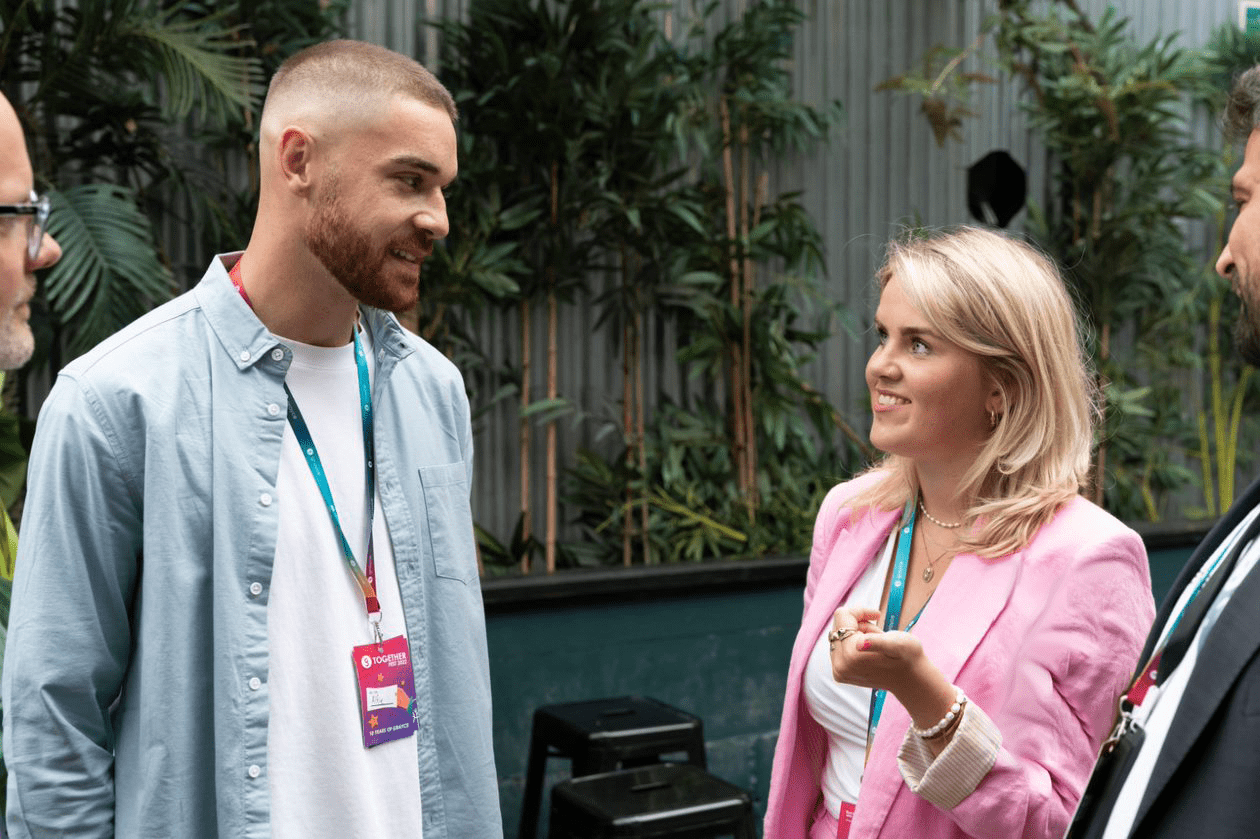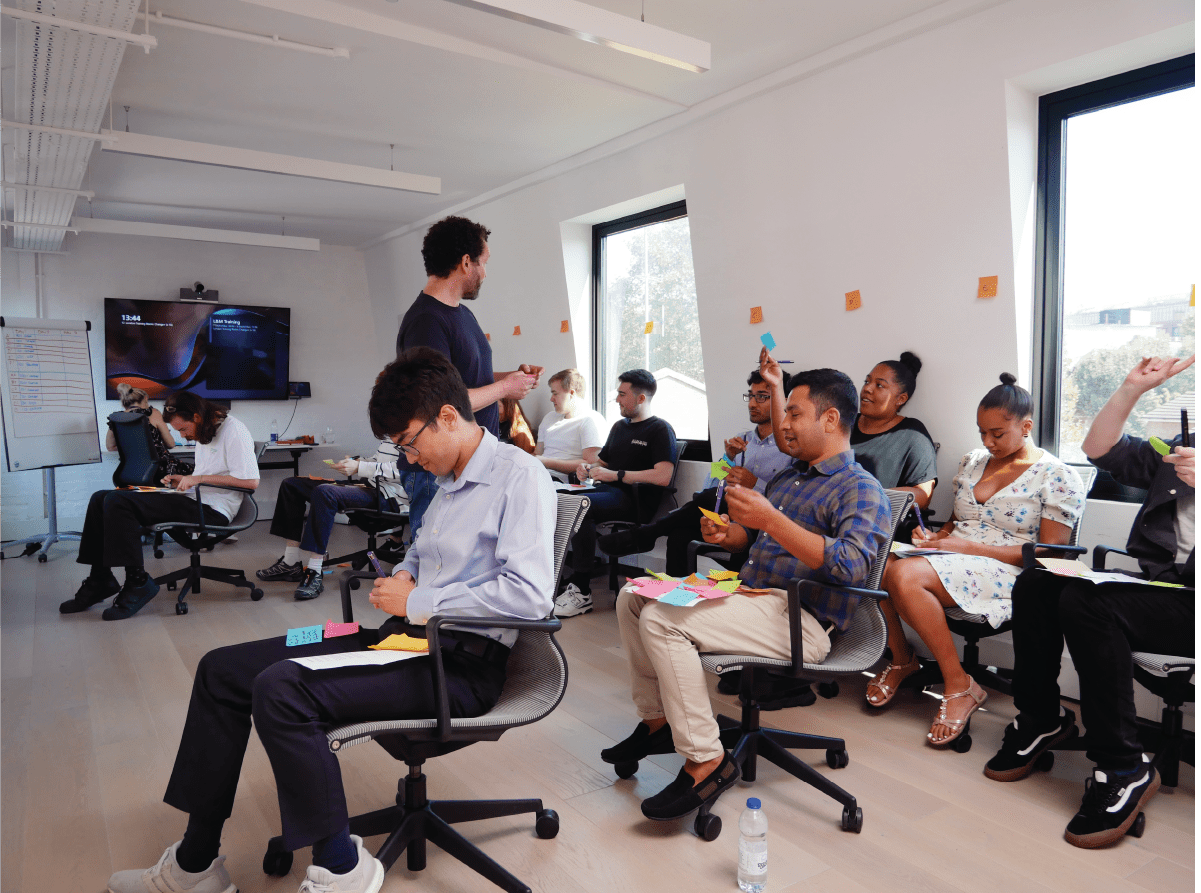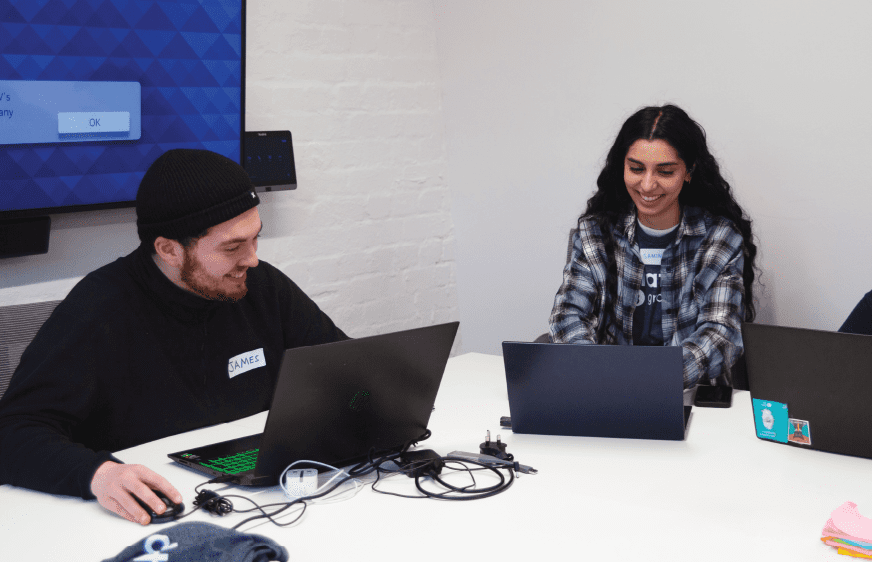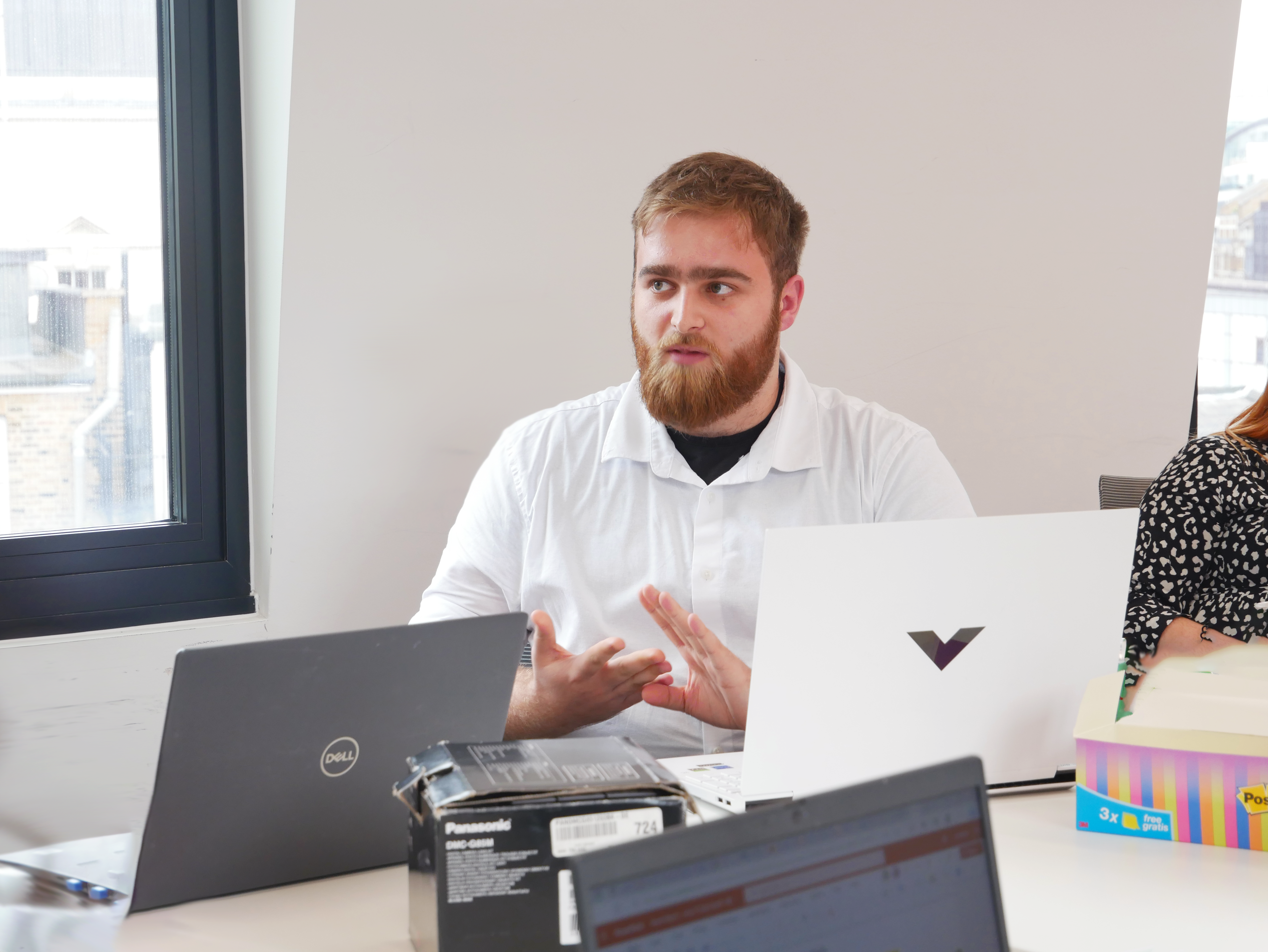
How learning is a lifelong habit
6/02/2023
Learning and Development Business Partner, Shelley Perry gives her insight on how learning is a lifelong habit.
When we think about learning, we might typically imagine the environment this taking place in to be either a formal education space or a workplace environment. However, contrary to this, learning can happen anywhere and subconsciously forms part of our every day lives. From an early age we learn to both talk and walk. Whilst later on in life, we learn how to act in a professional environment, and then there is everything in between. Learning already forms part of our lives but how can we make a conscious decision to make it a lifelong habit?
- For me it starts with intention. I write down my goals, my career aspirations or even subjects that I am passionate about. I then set myself a learning goal associated with this. This could be either something small or a longer term learning goal, such as a course or accreditation. The key to this is that there needs to be a desired intention to learn.
- Be open with both yourself and others. Let your friends and colleagues know your desire to learn about a particular skillset or area. This will help you become more accountable, as well as giving you the opportunity to gain support or knowledge from others.
- This then leads to my next point, planning is key! Failing to prepare is preparing to fail. Think about when you are likely to learn best. This could be a particularly day, time in the day or even environment. According to a study from London School of Business and Finance, studying early in the morning is popular amongst students all across the world. Our brains tend to be the most efficient and alert in the morning after a good night’s sleep and a hearty breakfast. I know for me personally, 1 hour a day walking the dog is an ideal time to listen to a podcast, do some research or even complete a few LinkedIn learning courses. This is something I do every day and I find it’s easy for me to form that habit. Consider when this might be for you.
- Finally rewards. Reward yourself for completing the learning you set out to do. This could be something as simple as a sweet treat or bigger like a celebration meal with friends and family. As humans when we get a reward, special pathways in our brain become activated. Not only does this feel good, but the activation also leads us to seek out more rewarding stimuli, creating a continuous loop of wanting to learn more. Continuous reinforcement is a particularly good way to train a new behavior and form a new habit.
About Grayce
Grayce are developing future change leaders through an immersive learning experience and inclusive community. We develop our people through a 70:20:10 model, providing micro learning opportunities for Analysts alongside their full-time client commitments. With a blend of formal learning, peer to peer learning, mentoring & coaching, knowledge exchanges and client delivery, our Analysts are equipped to deliver excellence for our clients today and become the industry leaders of tomorrow.
Ready to build long-term capability? Click here to get started.




